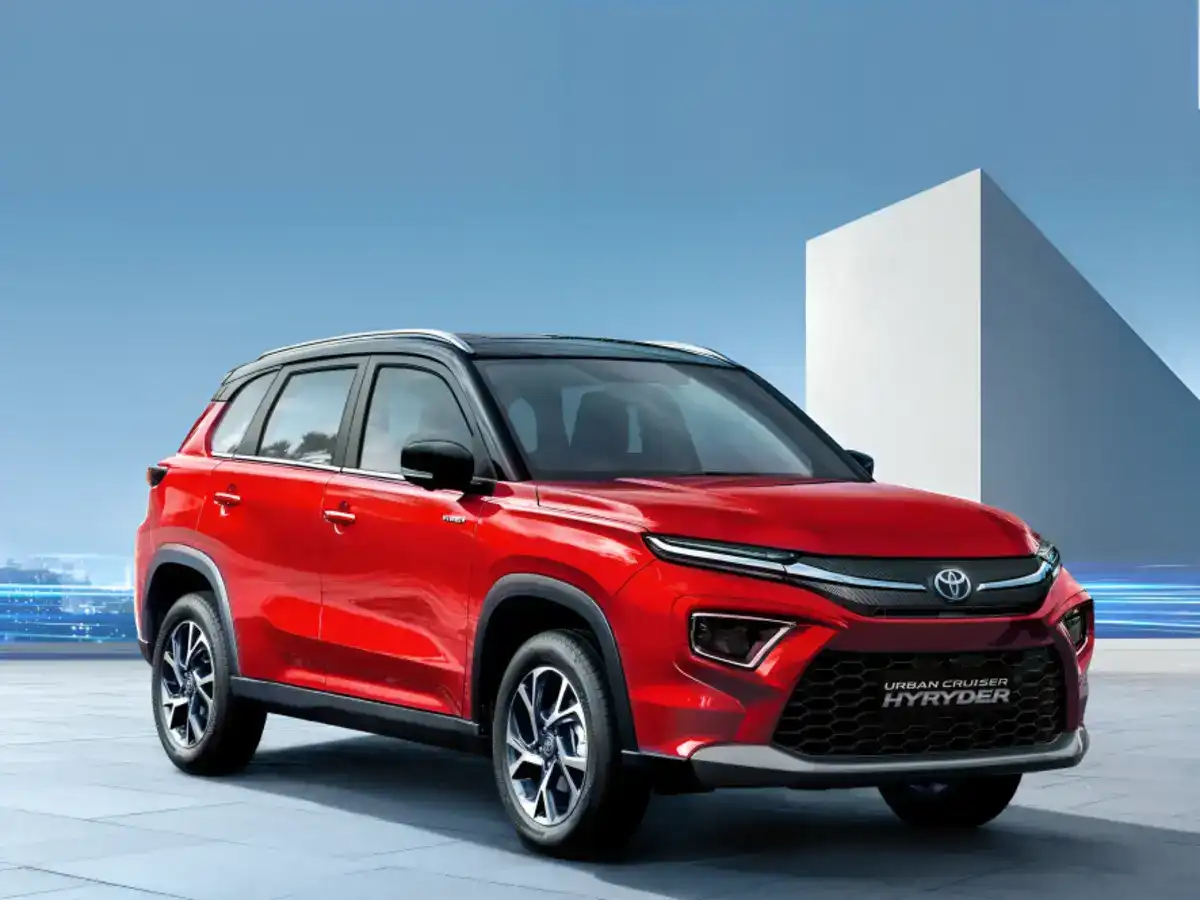As India looks for alternative fuels to reduce its dependence on crude oil imports and cut vehicular pollution, flex-fuel vehicles have emerged as a promising solution. Already popular in countries like Brazil and the United States, flex-fuel cars can run on a blend of petrol and ethanol, offering a more sustainable and cost-effective alternative to traditional fossil fuels.
But what exactly are flex-fuel vehicles, and are they the next big thing in the Indian automotive landscape? Let’s explore.
What Is a Flex-Fuel Vehicle?
A flex-fuel vehicle (FFV) is designed to run on multiple fuel types, typically petrol and ethanol or a mixture of both. These vehicles have modified engines and fuel systems that automatically adjust to varying ethanol concentrations—usually up to E85, which is a mix of 85% ethanol and 15% petrol.
In India, the focus has been on supporting E20 fuel, which contains 20% ethanol. However, the long-term goal is to introduce vehicles that can use a much higher ethanol blend, thereby reducing petrol consumption.
Why Flex-Fuel Cars Matter in India
India is the third-largest oil importer in the world, and rising fuel prices have put significant pressure on both consumers and the economy. Flex-fuel vehicles offer several advantages that align with the country’s broader energy and environmental goals:
✅ Reduced Fuel Import Dependence
Ethanol can be produced domestically from sugarcane, maize, and agricultural waste, cutting down on crude oil imports.
✅ Lower Emissions
Ethanol burns cleaner than petrol, resulting in lower carbon monoxide, hydrocarbons, and particulate matter emissions.
✅ Support for Farmers
A strong ethanol demand can create new income streams for farmers and boost rural economies.
✅ Lower Running Costs
Ethanol-blended fuels are generally cheaper than pure petrol, offering long-term savings for vehicle owners.
Government Push for Flex-Fuel Adoption
The Indian government has taken several steps to encourage flex-fuel technology:
- Ethanol Blending Policy (EBP): Targets blending 20% ethanol with petrol (E20) by 2025.
- Bharat Stage VI Flex-Fuel Norms: Guidelines are being drafted to regulate flex-fuel engine standards.
- Incentives for Automakers: Manufacturers are being encouraged to develop flex-fuel compatible engines.
Union Minister Nitin Gadkari has also publicly urged auto companies to manufacture vehicles that can run on both petrol and ethanol.
Are Flex-Fuel Cars Available in India?
As of now, mass-market flex-fuel cars are not commercially available in India. However, several automakers have announced plans or pilot projects:
- Maruti Suzuki and Toyota are working on flex-fuel variants for the Indian market.
- TVS and Bajaj already offer ethanol-compatible two-wheelers.
- Global models like the Toyota Corolla Flex-Fuel are being tested in India for future rollout.
The widespread availability of flex-fuel cars is expected by 2025, in line with the government’s ethanol blending targets.
Challenges to Flex-Fuel Adoption in India
Despite the potential, there are several hurdles to overcome:
❌ Ethanol Supply Infrastructure
India needs to scale up ethanol production and distribution to meet demand consistently.
❌ Fuel Availability
Flex-fuel cars require widespread availability of E85 or E20 fuel, which is currently limited to select locations.
❌ Higher Emissions in Cold Starts
Ethanol can cause slightly higher emissions during cold starts if not managed with advanced engine control systems.
❌ Initial Costs
Flex-fuel vehicles may cost more due to engine modifications and advanced fuel sensing systems.
Flex-Fuel vs EVs vs Hybrids
| Feature | Flex-Fuel Cars | Electric Vehicles (EVs) | Hybrids |
|---|---|---|---|
| Fuel Source | Ethanol & Petrol | Electricity | Petrol + Electric Motor |
| Emissions | Lower than petrol | Zero tailpipe emissions | Moderate (lower than petrol) |
| Refueling Time | Fast (like petrol) | Slow (charging required) | Fast |
| Infrastructure Need | Ethanol pumps | Charging stations | None (uses existing fuel) |
| Range Anxiety | No | Possible | No |
| Cost to Buy | Moderate | High | Moderate |
Final Thoughts
Flex-fuel vehicles present an exciting opportunity for India to diversify its fuel mix, support domestic agriculture, and move toward cleaner transportation—without the need for massive EV infrastructure investment. While widespread adoption will take time, government policy and automaker interest suggest that flex-fuel technology could become a key trend by 2025.
If infrastructure, pricing, and fuel availability are aligned, flex-fuel vehicles could very well become a smart, affordable, and eco-friendly choice for Indian consumers in the near future.

